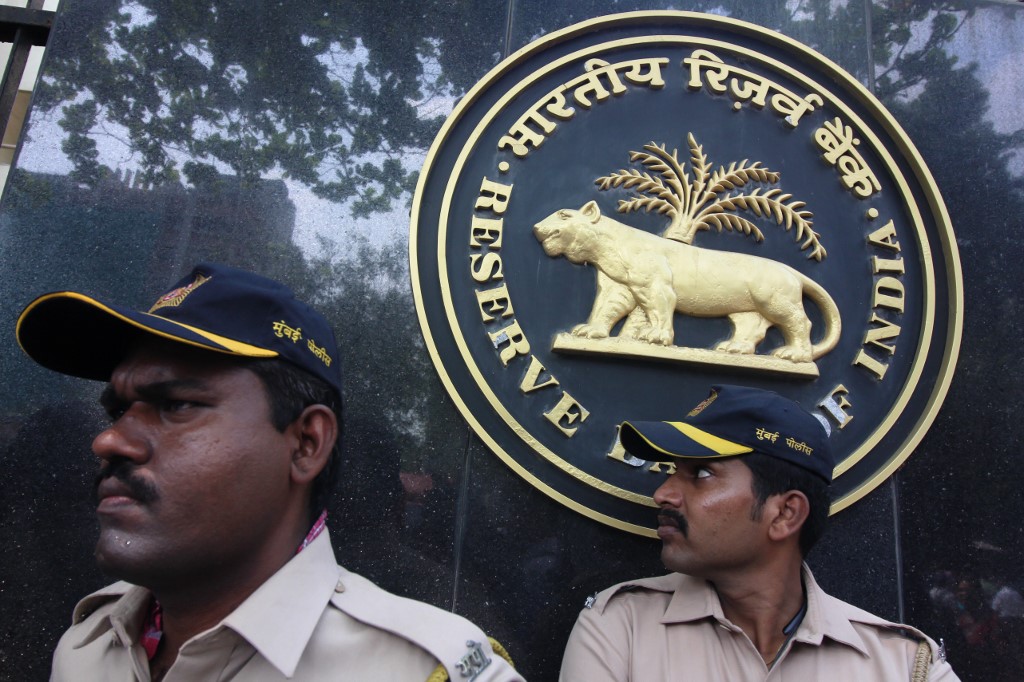(ATF) With its economy inching towards recovery, India is waiting for the Reserve Bank of India’s monetary policy announcement on Friday.
The economy’s resilience was reflected by a better-than-feared 7.5% contraction in the most recent quarter, following a record 23.9% contraction in the quarter ending in June.
With fear of a second wave of the Covid-19 infection, the RBI has a tough job ahead to help to to reconstruct the economy and ensure resilience, say experts.
“What should a central bank do when you see good GDP growth data, yet uncertainty exists with respect to coming quarters?” Lakshmi Iyer, president and chief investment officer at Kotak Mutual Fund, asked.
The Indian economy was among the the worst affected globally when it crashed by a hefty 23.9% quarter-on-quarter (QoQ) in the April to June period – the first quarter of the local financial year which starts in April – as the nationwide lockdown at the end of March slammed the brakes on the economy.
But the gradual easing thereafter revived activity beyond expectations and GDP bounced back by about 17% quarter-on-quarter in the second quarter. But even then, GDP in the September 2020 quarter was 7.5% lower than a year ago.
The slump, according to economists, is broad-based on both the demand and supply sides of the economy, while almost every aspect of its economy has been hit hard.
Unemployment high
“A lot of recovery (in the second quarter over the first quarter) has been led by the pent-up demand, but the real worry is sustainability,” said Raghuram Rajan, former RBI governor. He pointed to a still-high unemployment rate which will impact the long term sustainability of demand adversely.
According to the Centre for Monitoring the Indian Economy, labour markets have been weakening again in the last four weeks, taking the unemployment rate to 7.8%.
The recovery is also threatened by Covid infections in the five most affected Indian states that account for about 40% of the country’s GDP, “which will hold back growth from a strong rebound,” says research from ING.
As the country suffers the second-highest number of Covid-19 cases in the world after the USA, the five most affected Indian states where economic activity still remain partially stalled are: Maharashtra, Karnataka, Andhra Pradesh, Tamil Nadu and Kerala. In Maharashtra, home to the financial capital Mumbai and with the biggest share in total GDP at 14%, the existing lockdown has now been extended until December 31.
Tough decisions
Clearly, the central bank has some tough decisions to make.
As supply disruptions and panic buying keep pushing consumer prices higher, it needs to remain within its inflation-targeting mandate, and ensure there is enough liquidity in the economy.
The RBI therefore does not have much of a choice, said Saurabh Mukherjea, founder and chief investment officer of Marcellus Investment Managers.
“Given the current inflationary pressures in the economy, the RBI has made it clear that it has to keep inflation under check and use monetary policy to ensure enough money supply,” Mukherjea told Asia Times Financial
At the current consumer price inflation rate of 7%, cutting rates will look inappropriate, so the RBI has to keep using other tools to keep the cost of money low.
“So, the logical thing to do is use the repo window, where the RBI lends lots of money to banks at low rates to ensure there is ample liquidity,” he said.
“In an ideal world if India didn’t have the pinching inflation rate, cutting interest rates would have been an ideal solution. Therefore, to continue supporting the economy the RBI would have to use tools like ensuring high money supply instead of cutting interest rates.”
























